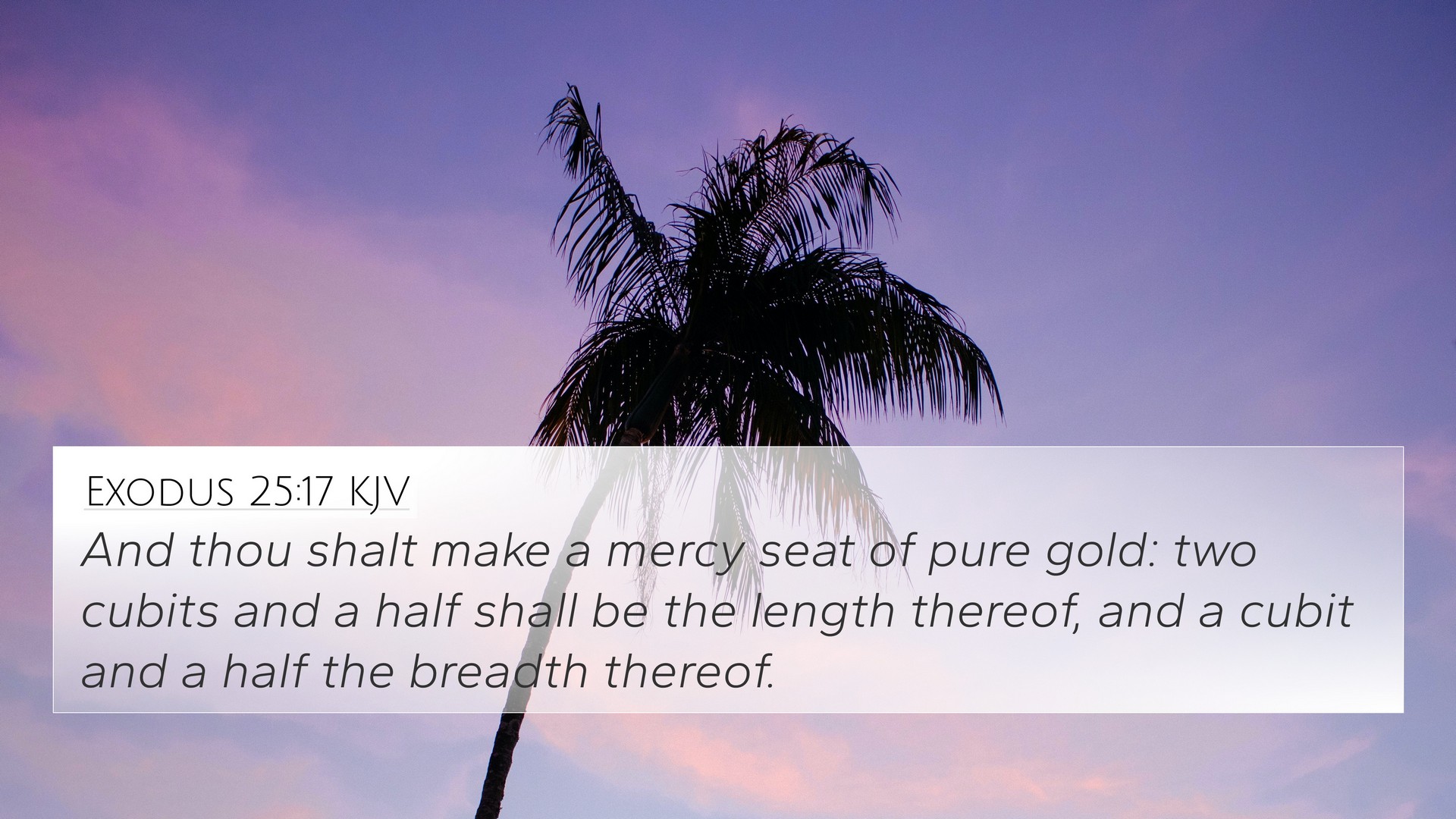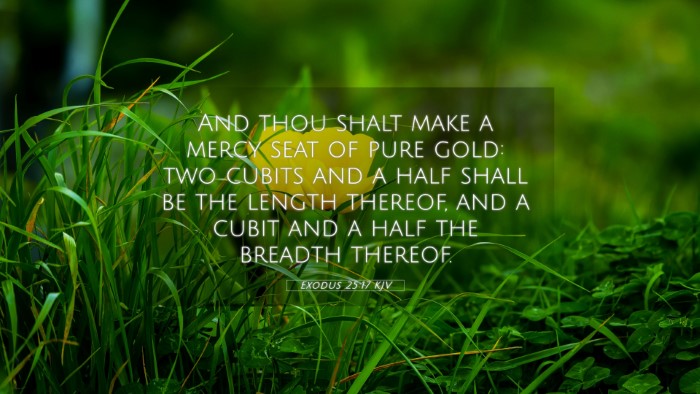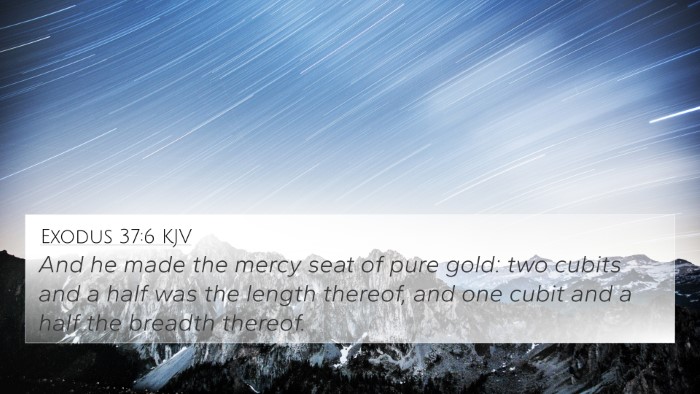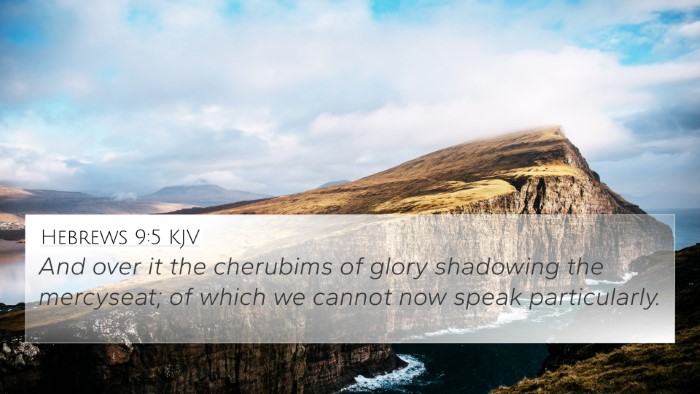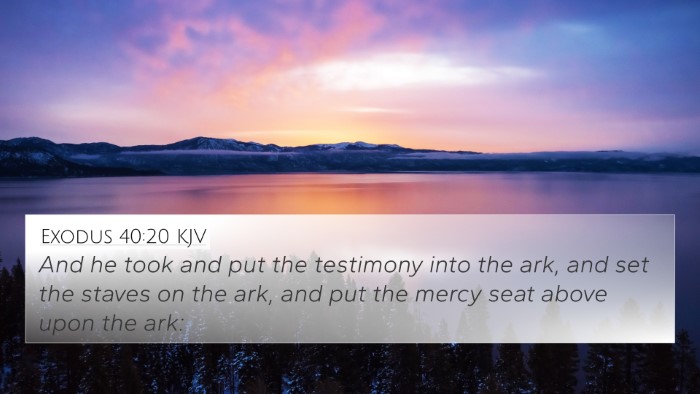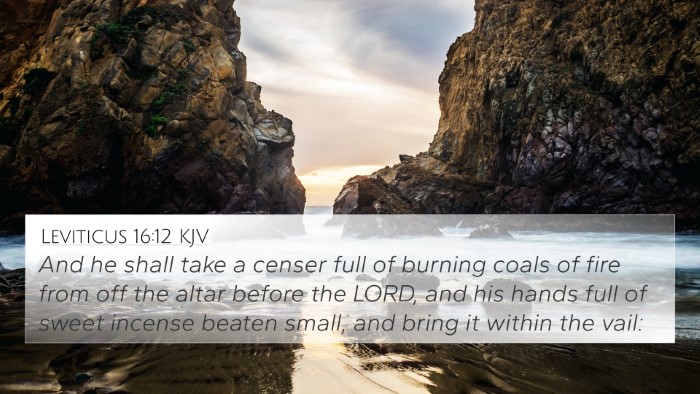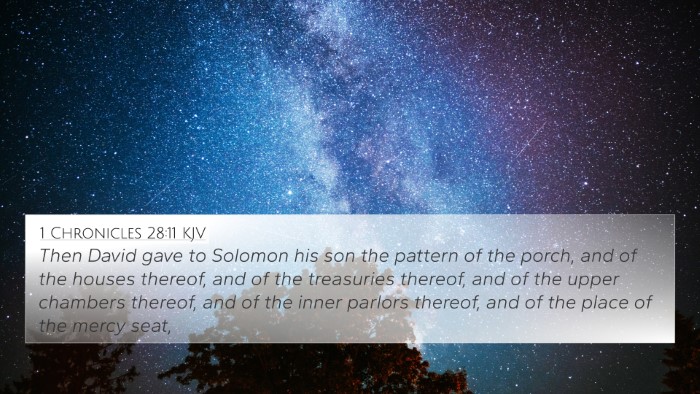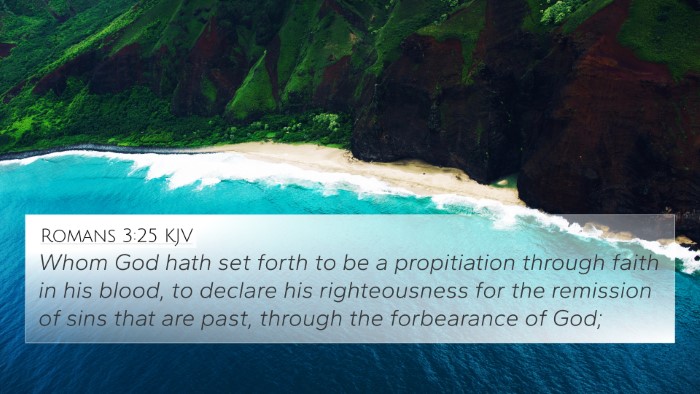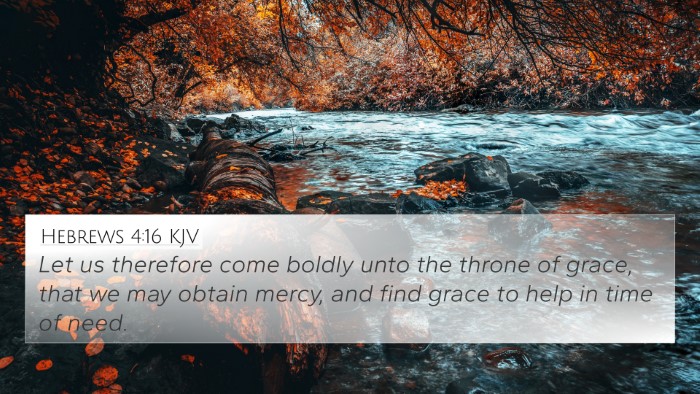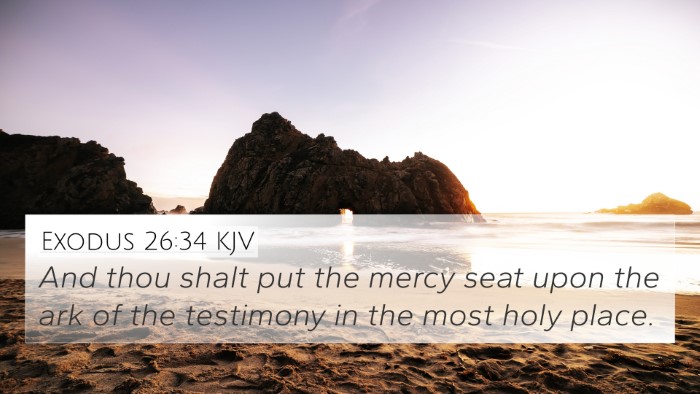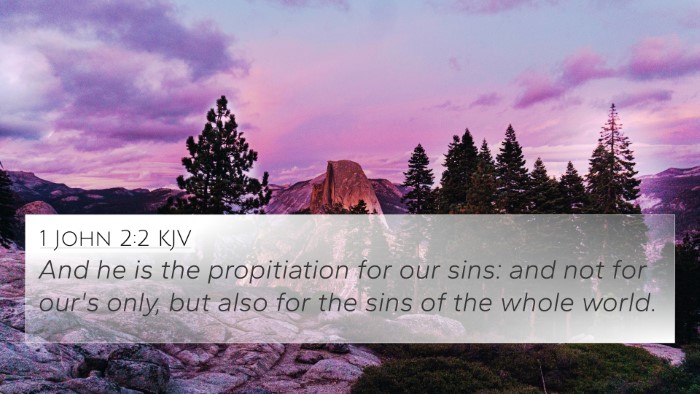Understanding Exodus 25:17
Exodus 25:17 states, “And thou shalt make a mercy seat of pure gold: two cubits and a half shall be the length thereof, and a cubit and a half the breadth thereof.” This verse introduces the concept of the Mercy Seat, a pivotal element in the design of the Ark of the Covenant. Below, we delve into the theological significance and interpretations from various public domain commentaries.
The Significance of the Mercy Seat
The Mercy Seat symbolizes the place where God meets with His people. It represents redemption, atonement, and God's presence among the Israelites.
- Matthew Henry: Matthew Henry notes that the Mercy Seat reflects God's mercy toward His people. It serves as a throne of grace where divine forgiveness is dispensed to those who seek it.
- Albert Barnes: According to Albert Barnes, the Mercy Seat's design was specific, which indicates the sacredness of God’s dwelling. It emphasizes the importance of obedience and holiness in approaching God.
- Adam Clarke: Adam Clarke highlights that the Mercy Seat was the place where the high priest would sprinkle blood on the Day of Atonement, signifying the covering of sins through sacrifice.
Cross-References to Exodus 25:17
This verse connects deeply with several others in both the Old and New Testaments, enhancing our understanding through scriptural cross-referencing:
- Leviticus 16:14-15: These verses describe the ceremonial act of atonement performed by the high priest, involving the shedding of blood on the Mercy Seat.
- Hebrews 9:5: The New Testament emphasizes the Mercy Seat as a representation of Christ's ultimate sacrifice, bridging the old covenant with the new.
- Romans 3:25: Here, Paul mentions that God presented Jesus as a sacrifice of atonement, linking the Mercy Seat to Christ's role in salvation.
- Hebrews 4:16: This verse encourages believers to approach the throne of grace with confidence, echoing the significance of God's presence at the Mercy Seat.
- Exodus 30:6: This verse speaks to the placement of the Holy Place, where the Mercy Seat resides, emphasizing the sacred geography of worship.
- 1 John 2:2: This verse affirms Jesus as the propitiation for our sins, demonstrating the ongoing relevance of the Mercy Seat in the New Testament context.
- Psalm 85:10: This passage proclaims that mercy and truth have met together, highlighting a thematic connection to the Mercy Seat as the locus of mercy.
- Matthew 27:51: The tearing of the temple veil upon Jesus' death signifies open access to God's presence, a concept deeply rooted in the significance of the Mercy Seat.
- Isaiah 53:5: This prophetic statement about the suffering servant connects with the theme of atonement, reinforcing the role of the Mercy Seat.
Theological Implications
Understanding Exodus 25:17 requires contemplation of the broader narrative of Scripture, examining the themes of atonement, divine mercy, and holiness. The Mercy Seat serves as a foundational concept for:
- Inter-Biblical Dialogue: It showcases conversations between the Old and New Testaments, particularly the fulfillment of sacrificial system in Christ.
- Thematic Connections: The theme of God’s mercy is prevalent throughout Scripture, culminating in Christ’s work on the cross.
- Biblical Cross-References Tools: Utilizing a Bible concordance or cross-reference guide can aid in uncovering additional layers of meaning and connections between these verses.
Conclusion
Exodus 25:17 not only serves as a command for the physical construction of the Mercy Seat but also reveals deep spiritual truths about God's character and His desire for relationship with humanity. Through the cross-referencing of related Scriptures, we can see the full tapestry of atonement woven throughout the Bible, allowing us to appreciate the profound nature of God's mercy and grace.
